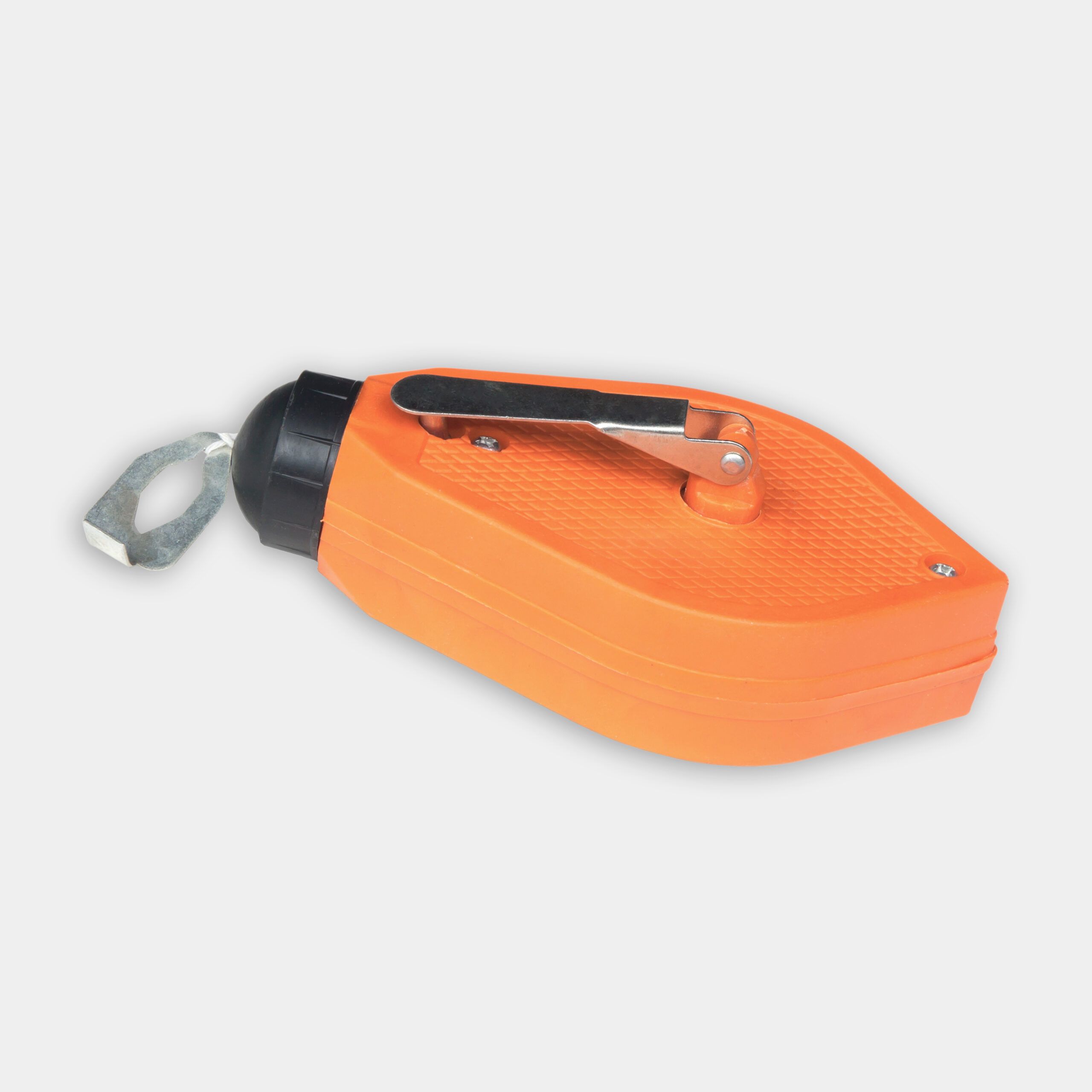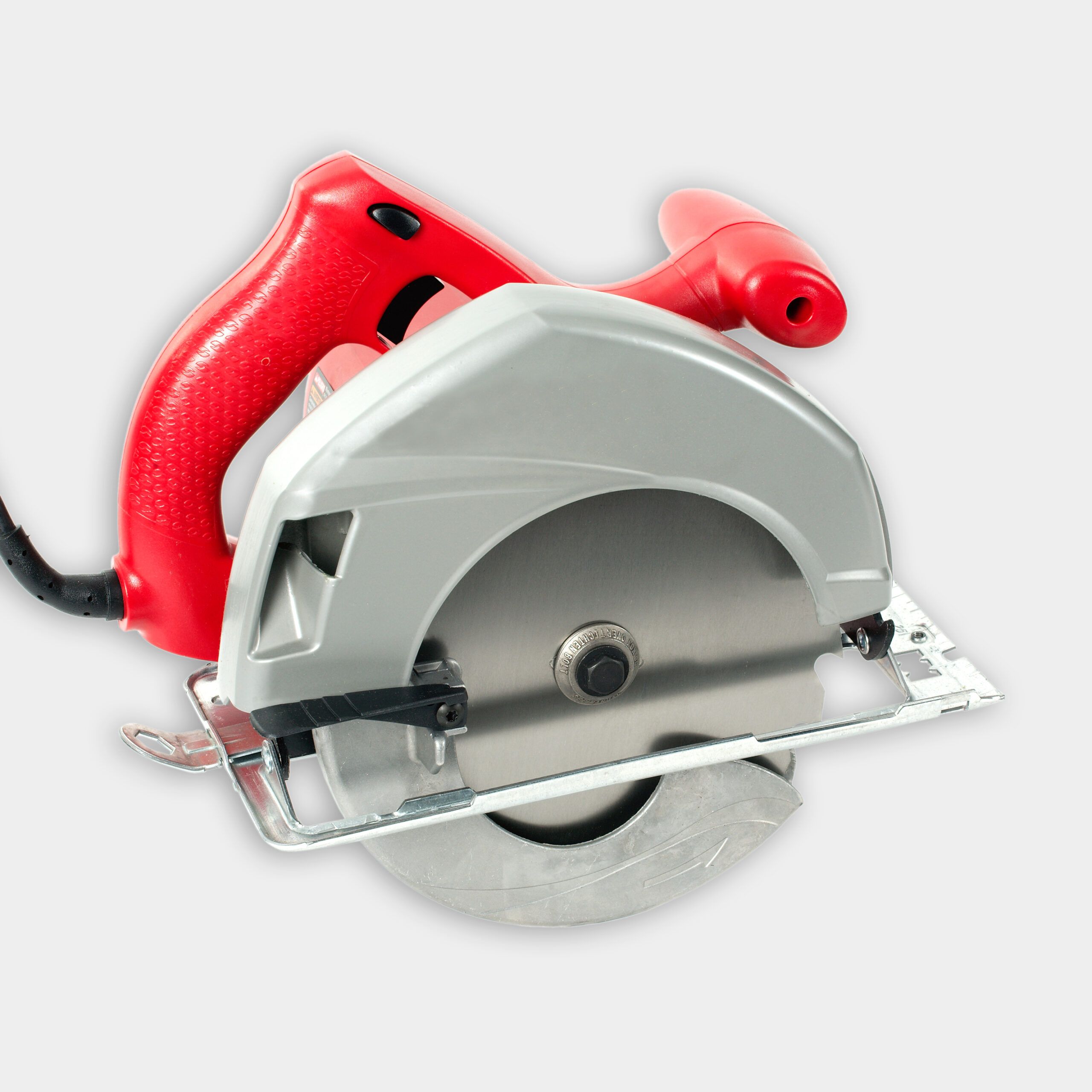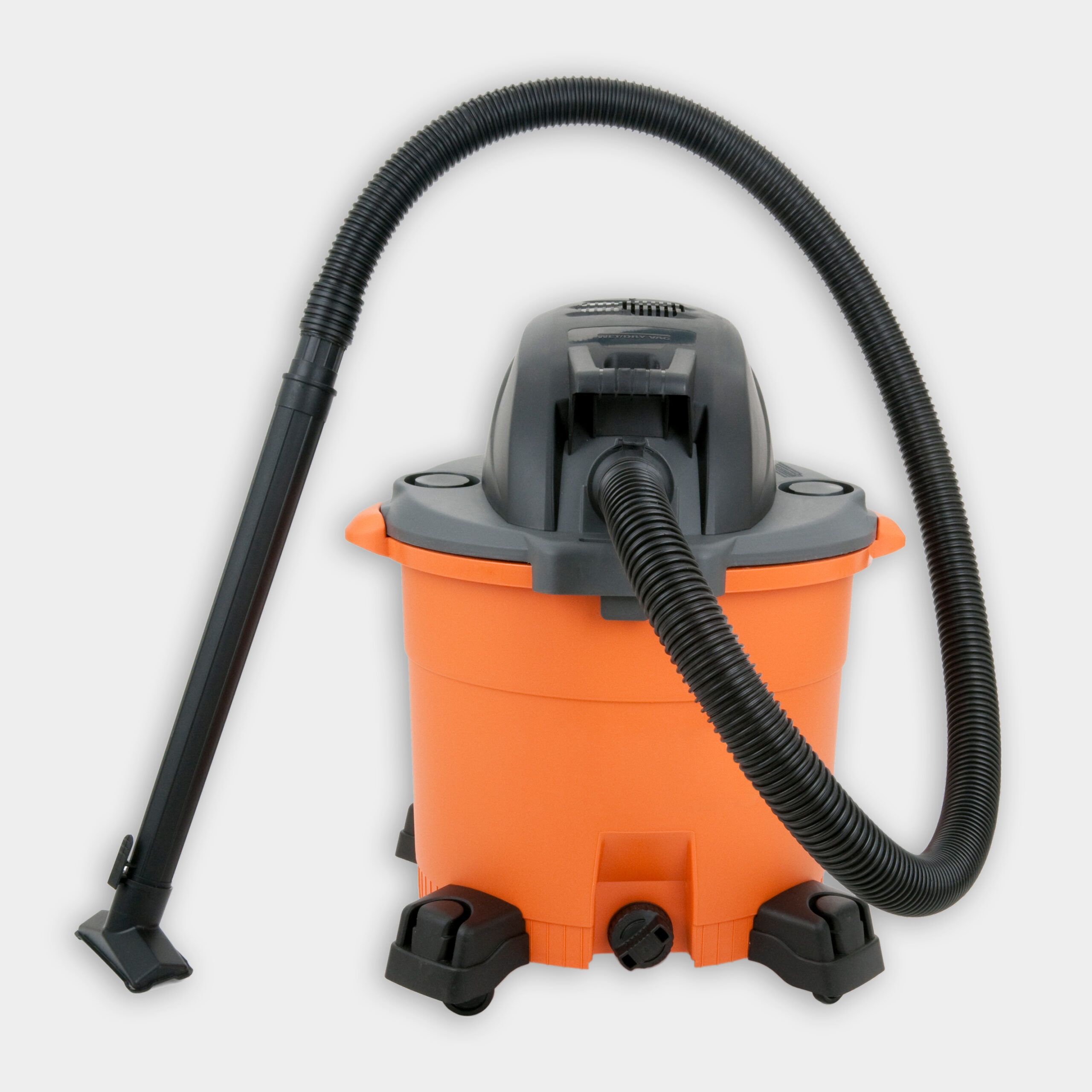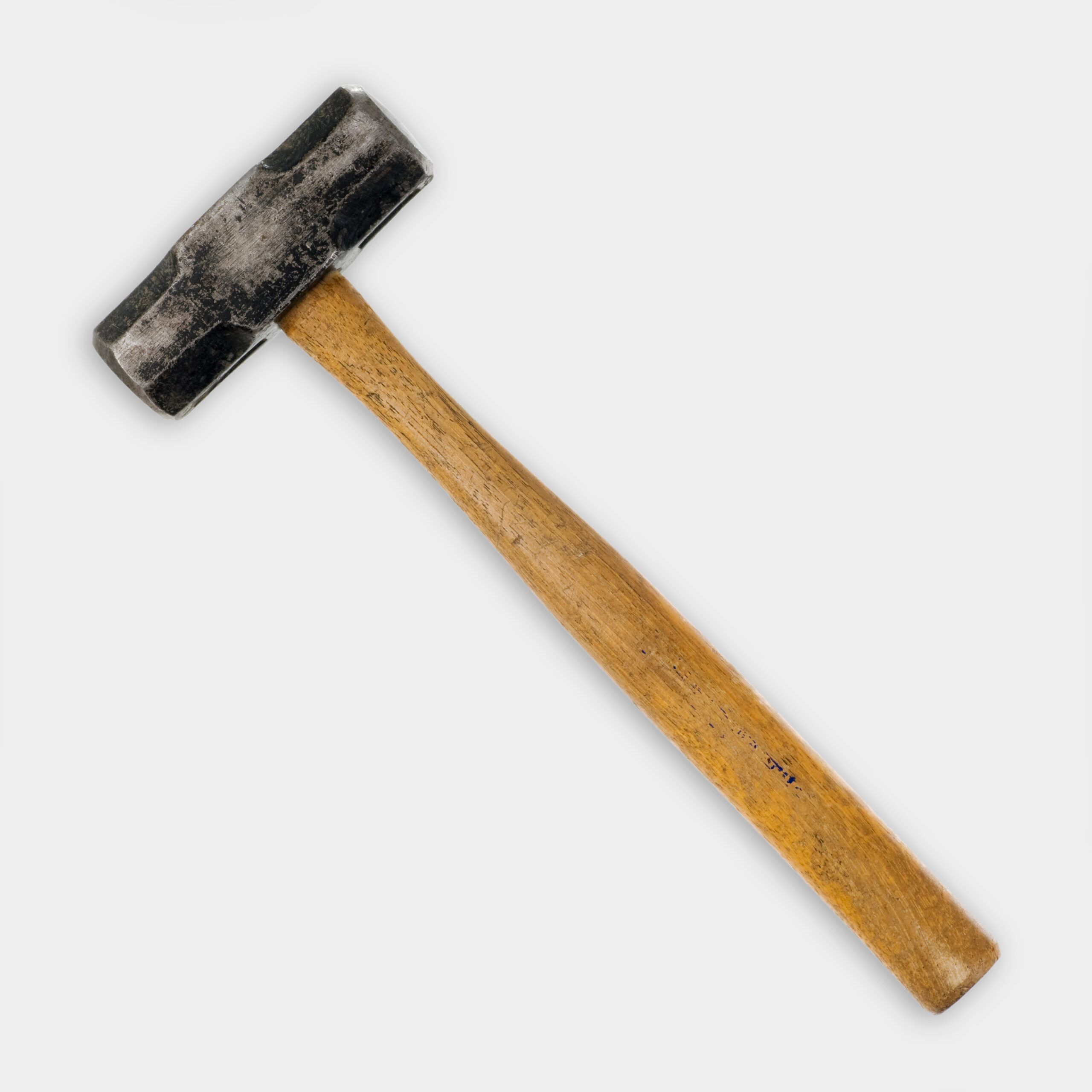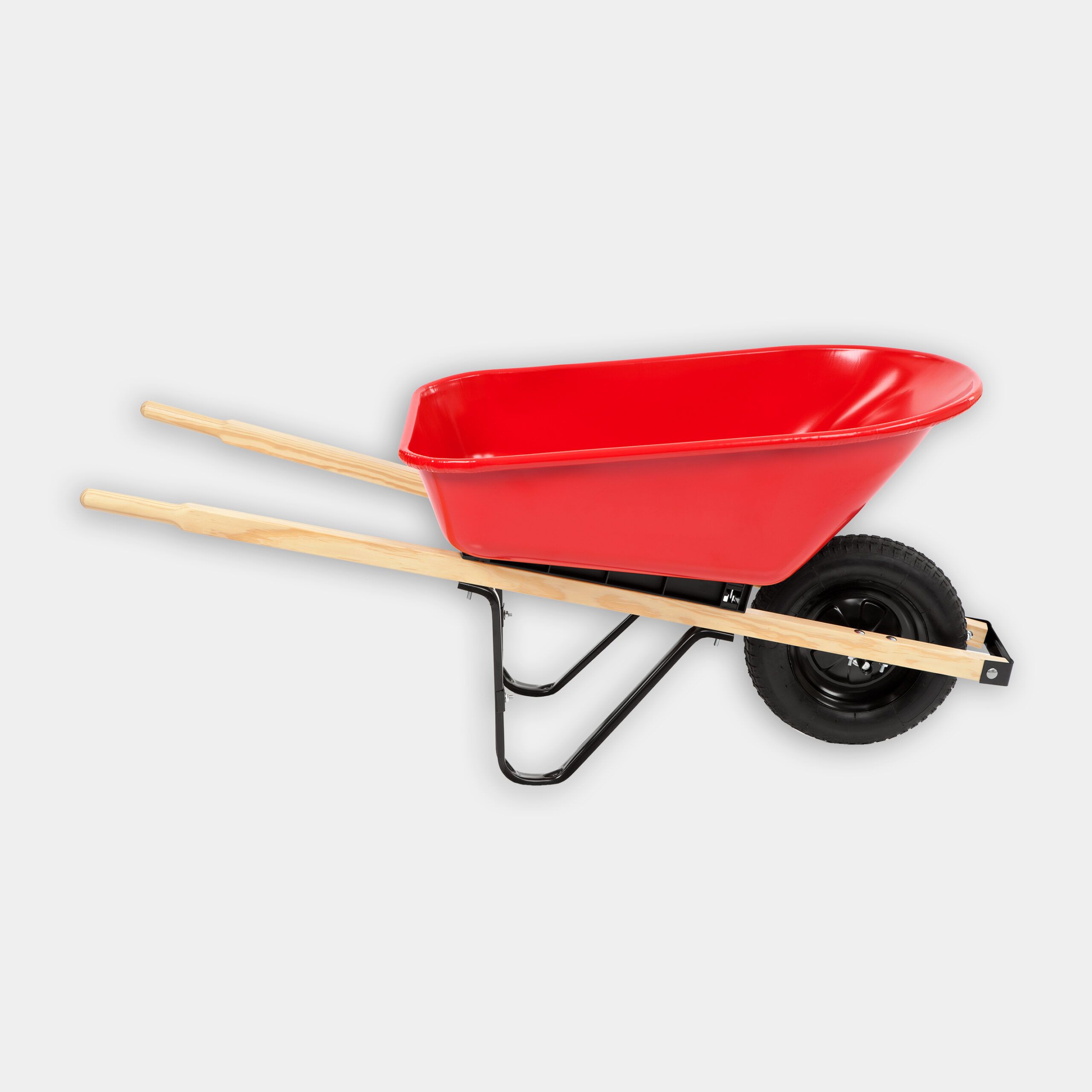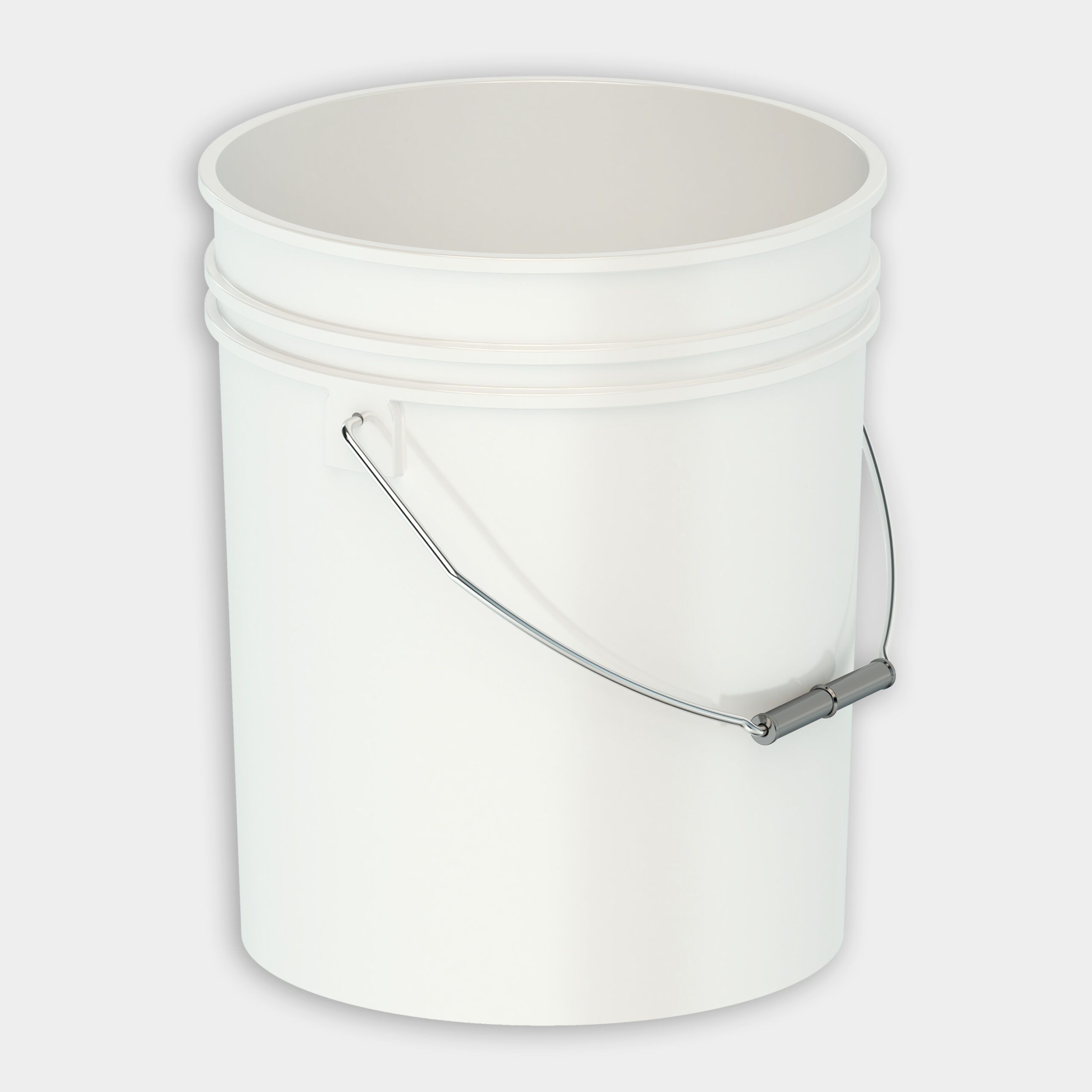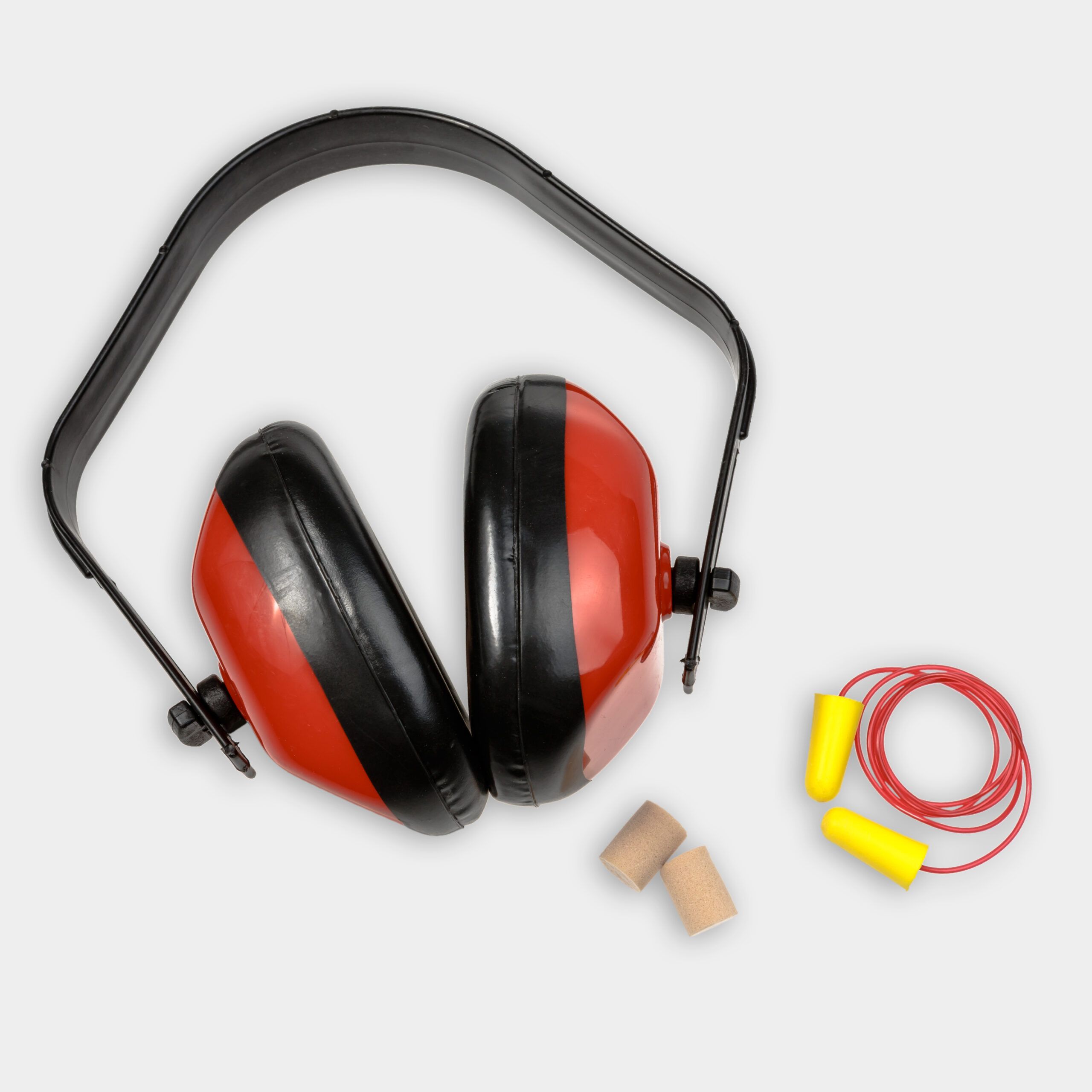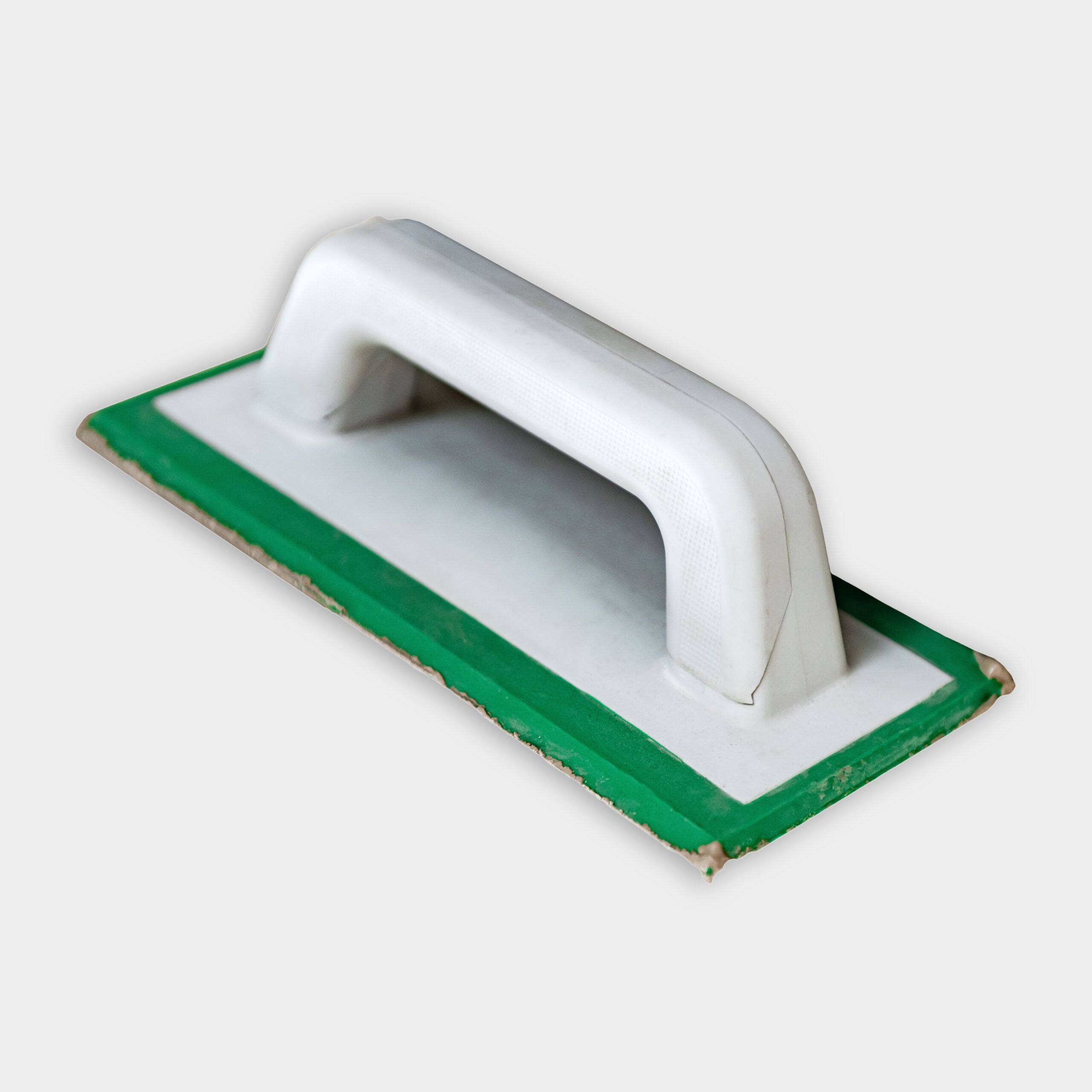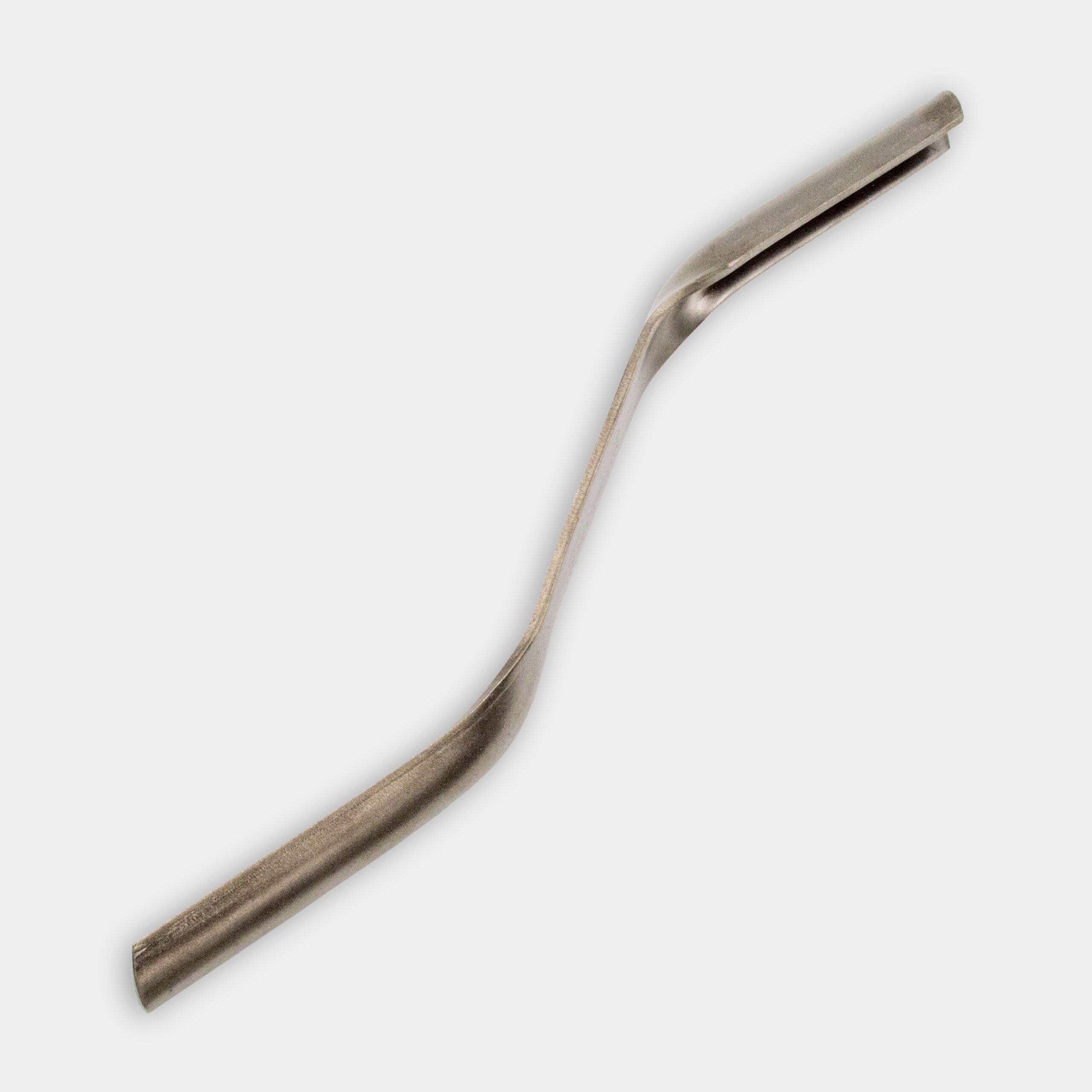We may be compensated if you purchase through links on our website. Our team is committed to delivering honest, objective, and independent reviews on home products and services.
Concrete sidewalks are durable but can develop cracks and damage over time, especially in regions with harsh freeze-thaw cycles. Repairing a concrete sidewalk is a manageable do-it-yourself project that can improve your home’s curb appeal and safety. This article walks you through the step-by-step process of repairing a concrete sidewalk, as shown by This Old House mason Mark McCullough.
Concrete Sidewalk Damage
Concrete sidewalks deteriorate for numerous reasons, mainly environmental conditions.
Common Causes of Sidewalk Damage
Common causes of sidewalk damage include freeze-thaw cycles, where water seeps into cracks, freezes, and expands, leading to further cracking. Regions like New England endure harsh freeze-thaw cycles, which are particularly tough on hardscaping. As the ground freezes each winter, it pushes rocks and other obstructions upward, causing cracks and heaving in walkways and other masonry surfaces.
Heavy traffic or excessive vehicle weight can also stress sidewalks, causing them to crack or sink over time. Poor initial installation, such as using subpar materials or not providing proper drainage, can lead to early deterioration. Additionally, tree root growth beneath the sidewalk can cause lifting and uneven surfaces as roots expand and push through the concrete.
Signs of Sidewalk Damage
Sidewalk damage often becomes apparent through several visible signs. Crumbling or flaking concrete indicates deterioration, while uneven surfaces suggest structural issues beneath the sidewalk.
Visible cracks or fissures are common, signaling weakness in the material. Water pooling in certain areas can indicate poor drainage or subsurface issues, leading to further damage over time.
Safety Precautions for Concrete Sidewalk Repair
Prioritize safety when dealing with concrete and power tools. Always wear appropriate personal protective equipment, including a dust mask, eye protection, and ear protection. Create proper ventilation when cutting concrete to minimize dust inhalation and avoid overexertion when using heavy tools.
Follow these tips for staying safe:
- Make sure your work area is well-lit and free of obstacles.
- Regularly inspect tools for wear or damage.
- Use a stable platform when working at heights.
Step-By-Step Concrete Sidewalk Repair Process
Repairing a concrete sidewalk involves several key steps. Follow this process to achieve a professional-quality repair that will last for years.
1. Removing Damaged Concrete
Begin by outlining the damaged area using a chalk line. Use a circular saw equipped with a masonry blade to cut along these chalk lines, creating clean edges for the repair. To demo the damaged walkway section, our team made cuts on either side of the crack using a circular saw with a masonry-grade blade. Use a HEPA vac to cut down on dust. McCullough emphasizes the advantage of following existing expansion joints, preventing new cracks from forming.
Once you outline the area, use a sledgehammer to break up the damaged concrete. Remove all rubble using shovels and a pickaxe and meticulously inspect the ground underneath for large rocks or debris that could cause future damage.
2. Preparing the Base
With the damaged concrete removed, preparing a stable and solid base for the new concrete is incredibly important. To reestablish the base, add a layer of gravel and hand tamp firmly into the ground until level. This will help with drainage and will absorb the pressure of a rock being pushed to the surface by frost. As highlighted in McCullough’s demonstration, this gravel layer aids drainage and absorbs pressure from frost heave.
3. Setting the Forms
To create the forms, use precut 2x4s. Jam one end of the 2×4 into the edge of the existing concrete using a hammer. By aligning the 2x4s with the existing concrete it creates a leveled pitch for the form.
Drive in a stake on the outer side of each 2×4 for extra support. Lay down wire mesh on top of the gravel to help resist cracking.
4. Mixing and Pouring Concrete
Mix the concrete according to the manufacturer’s instructions, aiming for a stiffer consistency that reduces excessive run-off. Mix in a wheelbarrow with shovels until the desired consistency is achieved. Once the concrete mix is poured, use a 2×4 to screed the concrete to a smooth and level finish.
5. Finishing the Surface
After pouring the concrete, use a magnesium float to smooth the surface and bring the cream of the concrete mix to the top. As the blend stiffens, use an edging tool along the forms and a joint tool to create necessary expansion joints. Finally, sponge off excess moisture using a masonry sponge to expose some aggregate, which helps the new concrete blend seamlessly with the existing sidewalk.
Curing and Aftercare for Concrete Sidewalks
Proper curing is essential for the strength and durability of your repaired sidewalk. Allow the concrete to cure for at least three to four days before removing the forms. Once removed, backfill the edges with soil to reinforce the new concrete.
Curing Tips
Curing is important for promoting the longevity and integrity of concrete. Avoid walking on the repaired area for at least 24 hours to achieve the best results. Cover the new concrete with plastic or apply a curing compound to keep it moist during the first few days. Additionally, wait at least a week before allowing heavy traffic on the newly repaired surface to prevent damage.
Routine Maintenance
Routine maintenance tasks include the following:
- Inspect for cracks and repair promptly
- Clear away debris to prevent blockages
- Verify proper drainage around the sidewalk
Long-Term Maintenance
Follow these maintenance tips to extend the life of your repaired sidewalk:
- Clean the surface regularly to prevent staining and deterioration
- Seal the concrete every few years to protect it from moisture and harsh chemicals
- Avoid using de-icing salts in winter, as they can damage the concrete surface over time, leading to cracks and wear
Expert Insights and Practical Tips for Concrete Sidewalks
Tackling sidewalk repairs might seem daunting, but they’re manageable with proper guidance and approach. McCullough underscores the importance of thorough preparation, emphasizing that time spent on the initial steps can significantly enhance the final result.
An important tip is to meticulously remove large rocks or debris from beneath the sidewalk before pouring new concrete, as these elements can jeopardize the integrity of the repair by causing uneven pressure and potential cracks.
Implementing long-term maintenance strategies protects your investment. Regular inspections, combined with timely repair of minor cracks, extend the life of your sidewalk. Furthermore, McCullough advises using the correct materials for seasonal changes and stresses, avoiding harmful substances, such as de-icing salts, which can exacerbate concrete degradation.
Our Conclusion
Following these steps and taking proper precautions can produce professional-looking results. Remember that preparation is key, and investing time and effort into accurately repairing your sidewalk guarantees its durability and safety for years
